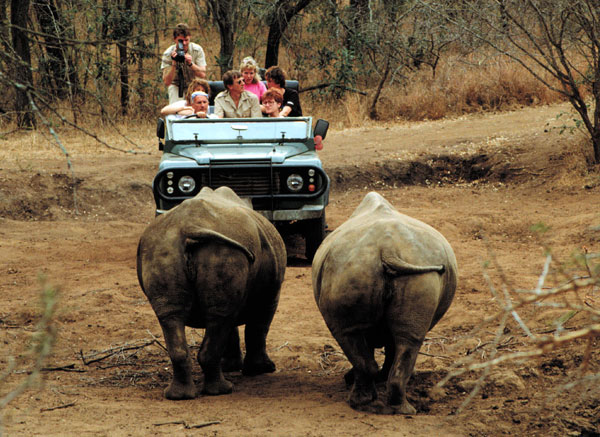This is Scientific American — 60-Second Science. I'm Jason Goldman.
Got a minute?
Public lands in the U.S. are managed with two goals in mind: protecting biodiversity and providing people with recreational opportunities, a chance to connect with nature. But sometimes those two goals are at odds—especially if recreation, activities like hiking or hunting, disrupts wild animals enough to alter their use of those landscapes.
Indeed, several years ago, a study done in California found that hikers had a negative impact on wildlife.
"That kind of sounded a bit of an alarm to us as wildlife biologists and as people who like to go hiking ourselves."
Wildlife biologist Roland Kays, of the North Carolina Museum of Natural Sciences and N.C. State University.
"We were pretty worried that if this problem was as bad as it seemed from that study, and was widespread, then there could be a real conflict between outdoor recreation and wildlife conservation."
To find out, Kays and his team enlisted the help of more than 350 volunteer citizen scientists, who deployed camera traps at nearly 2,000 sites within 32 protected areas in six different states. Roughly half of the areas allowed hunting and half did not. What they discovered was something of a relief.
"We found relatively minor impacts of hunting and hiking on wildlife."

It's not that human activities didn't impact wildlife at all of course. Heavily hunted species, like white-tailed deer, grey squirrels, and raccoons, were photographed somewhat less often in hunted areas. Coyotes showed up more often in hunted areas. While most species didn't avoid hiking trails, the predators actually preferred them.
But they did find something that had a much bigger impact on wildlife: habitat quality. The best predictor of wildlife abundance was not human activity, but factors like forest connectivity, nearby housing density, and the amount of adjacent agriculture. The results were published in the Journal of Applied Ecology.
And they suggest that outdoor recreation, a 646-billion-dollar industry in the U.S., is currently managed in a sustainable way, but also that protecting the scattered patches of wild habitat that remain in the U.S. is vital—both for wildlife and for people.
"Recreation, including hunting and hiking, and wildlife conservation, can coexist in the same place at the same time, and we can go out there and enjoy nature, enjoy the woods, hope to catch a glimpse of wildlife, without worrying about hurting the populations in the process."
Thanks for listening Scientific American — 60-Second Science Science. I'm Jason Goldman.












